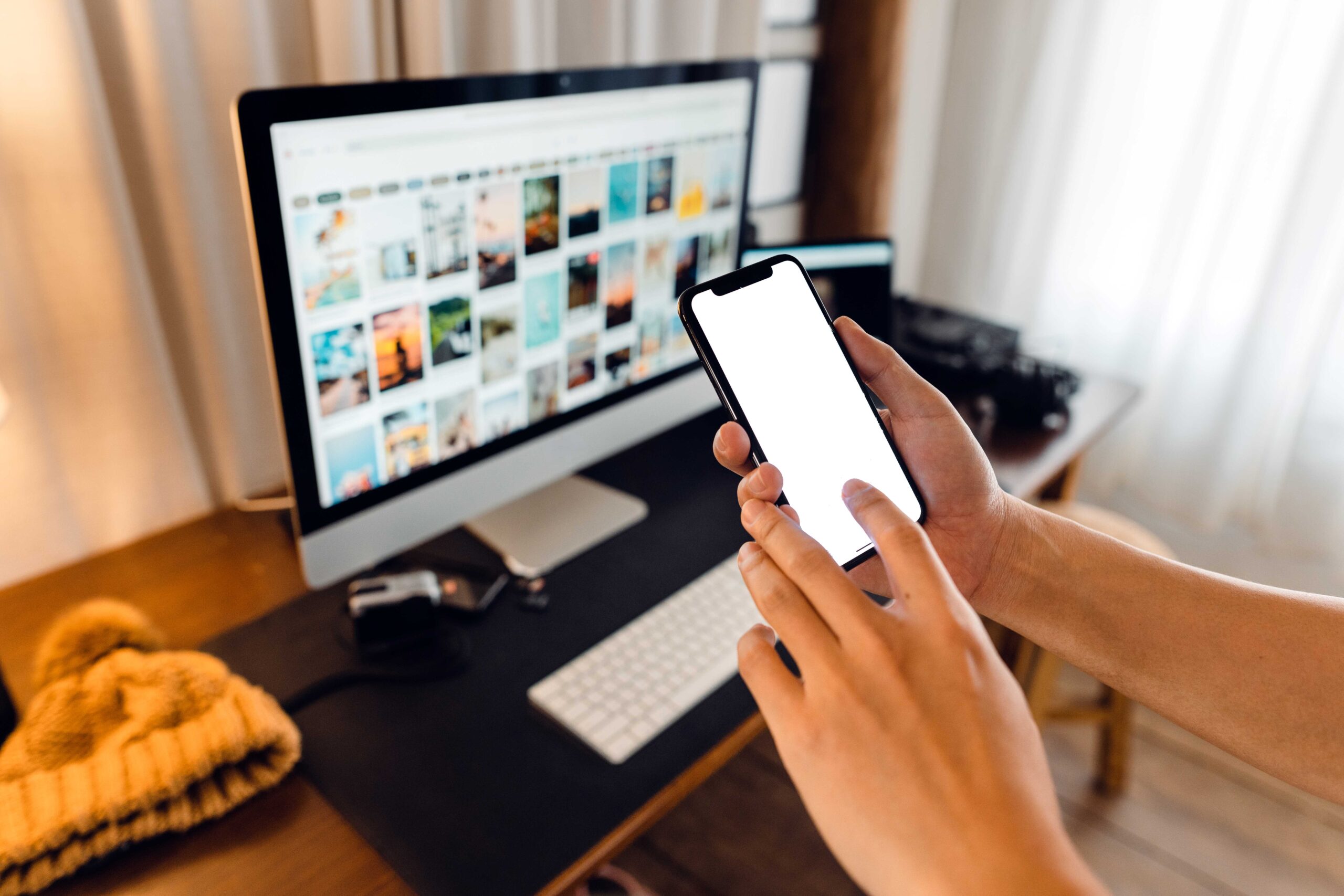
Apple doesn’t retire products lightly. When it does, the reasons are rarely dramatic — just deliberate. From hardware to cloud services, the past three years brought a series of quiet exits. No major keynote announcements. Sometimes just a line on a support page. But each one signals a shift in priorities.
Between 2022 and 2025, several Apple products and services made their final appearance. Some were replaced. Some just faded. All are now part of the ever-growing Apple graveyard.
What Went Away — And Why
No meltdown. No scandal. Just calculated obsolescence.
iPhone Mini: Once praised for its compact form, the iPhone Mini line was discontinued after the 13 series. Apple cited “market alignment” — which likely meant: bigger screens sell better. It never reached mass appeal, but it did have a cult following. And yes, they still tweet about it.
iMac Pro: Introduced in 2017, discontinued quietly in early 2023. Apple’s high-performance desktop for professionals was rendered unnecessary with the rise of Apple Silicon-powered Mac Studios and revamped MacBooks.
My Photo Stream: Shut down in 2023. It had been around since iOS 5, offering basic cloud sync for photos before iCloud Photos became default. Apple encouraged users to migrate — or rather, just let it disappear.
Dark Sky: After acquiring the popular hyper-local weather app in 2020, Apple officially discontinued it in 2023. Features were folded into the native Weather app. No alerts, no fuss. Just gone from the App Store.
Users Reacted — Some Louder Than Others
Not all retirements are created equal. iPhone Mini fans were vocal. Reddit threads speculated about its potential revival — “if only Apple marketed it better.”
For others, like My Photo Stream, users barely noticed. Many had already switched to iCloud Photos years prior.
Dark Sky? That stung. For weather nerds, it was more than just a UI — it was precision. While Apple claimed its functionality lived on in the Weather app, some users didn’t buy it. Or reinstall it.
Read also: Discover how Soft2Bet‘s MEGA system delivers engagement without depending on external providers.
The iMac Pro’s farewell was, ironically, expected. Pro users had long shifted to newer workflows. But its space-gray accessories? Still sold out in reseller channels.
What Came After
For iPhone Mini, Apple offered nothing directly comparable. Smaller phones are out. The trend: big screens, thin bezels, two-day batteries.
For iMac Pro, Mac Studio with M2 Ultra chips became the go-to. Cheaper, modular, and more powerful — the shift was logical.
For Dark Sky, Apple Weather absorbed most of its capabilities. Though some still say the notifications don’t hit the same.
For My Photo Stream, iCloud Photos is the default ecosystem now. Whether you want it or not.
In short, replacements came — just not always with the same personality.
Bullet Recap:
- Name: iPhone Mini, iMac Pro, My Photo Stream, Dark Sky

- Launch Year: 2011–2020
- Shutdown Year: 2022–2025
- Purpose: Compact phone, pro desktop, photo sync, weather data
- Reason for Shutdown: Low demand, strategic consolidation, feature migration
- Users: Apple loyalists, photographers, weather app obsessives, Mac pros
Endings With a Trademark Glow
Apple’s transitions aren’t abrupt — they’re graceful. The company doesn’t just kill a product. It evolves past it.
The iPhone Mini didn’t fail. It just didn’t fit. My Photo Stream didn’t break. It was outgrown. And Dark Sky? It lives — rebranded, restructured, reskinned.
We’ll forget some of these tools in time. Others we’ll remember when their successors frustrate us just a little too much. Either way — Apple moves on. And so do we.
Another cycle. Another round of goodbyes.
Quiet. Clean. Apple-style.
